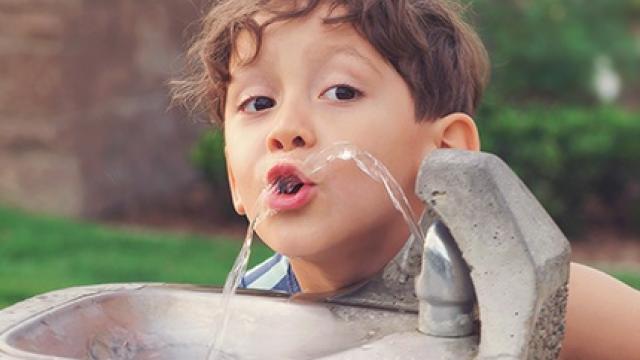
The Los Angeles Department of Water and Power (LADWP) has completed the initial lead service line inventory required by the U.S. Environmental Protection Agency’s (U.S. EPA) Lead and Copper Rule Revisions (LCRR). The deadline for the initial inventories is October 16, 2024. Following the completion of an historical records review and subsequent field investigations, LADWP has determined that there are no lead service lines or galvanized pipes requiring replacement service lines in its distribution system. This includes any privately-owned or customer-owned service lines.
LADWP reviewed all applicable sources of information, including:
- Available construction and plumbing codes to assess historical regulation of lead service line disallowance (e.g. National Lead Ban, State Code, County Codes, City Codes)
- Existing records or other documentation that indicates service line materials
- Water system records, including distribution system maps, Geographical Information System (GIS) data, drawings and historical capital improvement or master plans
- Distribution system records that indicate service line material, including inspections conducted during the course of normal operations (e.g., checking service line materials when performing maintenance activities)
- Resource, information, or identification methods provided or required by the State of California to assess service line materials including customer billing data and tax assessor records obtained from the Los Angeles County Assessor’s Office
In addition to the above sources of information, LADWP also used a stratified random sampling method approved by the State Water Resources Control Board Division of Drinking Water. This involves physically verifying a subset of randomly selected service lines in the distribution system. That subset is divided into groups based on certain characteristics (e.g., years the service lines were installed) in order to provide a more representative profile of the service lines. If no lead or galvanized pipes are discovered requiring replacement, the remaining service lines can be assumed to be non-lead with a certain level of confidence. LADWP conducted additional field inspections during normal operations, which reinforced these findings. In total LADWP inspected 41,813 service lines on the customer-side and were verified as non-lead service lines. No lead service lines, or galvanized requiring replacement service lines were identified.
In an effort to provide our customers with safe, high quality drinking water, LADWP will continue to document service line material information obtained from normal, day-to-day operations. This includes service line maintenance or water meter replacements, and the initial inventory will be updated accordingly.
Upholding Our Mission
At LADWP, we know how important water is to your daily life, the health and safety of your family and the overall viability of our city. We want you to know that Water Quality is our utmost priority and our mission is to deliver reliable, safe, high-quality water to you, our customer in an efficient and publicly responsible manner.
Drinking Water Quality Report
This annual regulatory publication is a report card on the quality of the drinking water LADWP provides to its customers. It contains information on our sources of water, monitoring, and testing results and how we meet drinking water requirements.
Water Quality Improvement Projects
LADWP is in the midst of a significant capital improvement effort to construct infrastructure that will improve the quality of our customers’ drinking water.
Hydration Station Initiative Program (HSIP)
Help promote accessibility to clean drinking water and reduce single-use plastic waste in your community when you participate in the HSIP program. Best of all we’re offering cash back when you install or refurbish a hydration station in your area. Help L.A. stay Water Strong.
Improving Water Quality at Home
Have you noticed a change in water quality?
The Los Angeles Department of Water and Power (LADWP) diligently works to ensure consistent water quality at your tap. So, if you have a persistent water quality problem such as discolored water, strange odors, or unidentifiable objects from your tap, you should report the problem.
Drinking Water Public Health Goals Report
This report provides information regarding the current state of Los Angeles’ drinking water and strategies to further improve water quality to achieve public health goals (PHG).
Water Quality in the News
Check out the latest news about water quality in Los Angeles and how it affects you.
Local Groundwater
A key resource that Los Angeles has relied upon to balance its imported water supply portfolio is local groundwater.
Chloramine Disinfection City-Wide Expansion
LADWP makes every effort to provide our customers with safe, high-quality drinking water.
Frequently Asked Questions
Look for quick answers to questions our customers often have about their water.
Water Quality Issues
For Water Quality issues, you can also report the problem by calling LADWP Customer Service.
-
1-800-DIAL-DWP 1-800-342-5397
